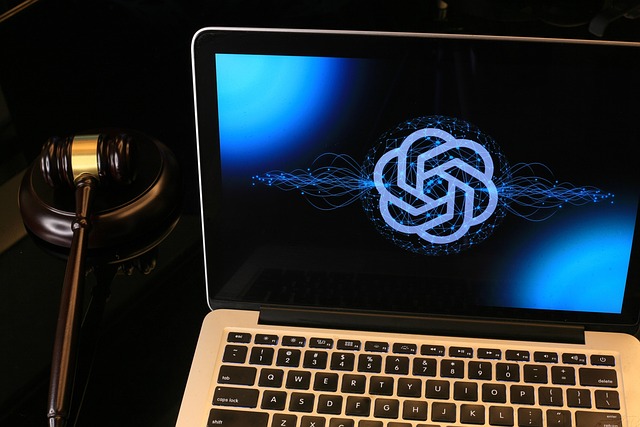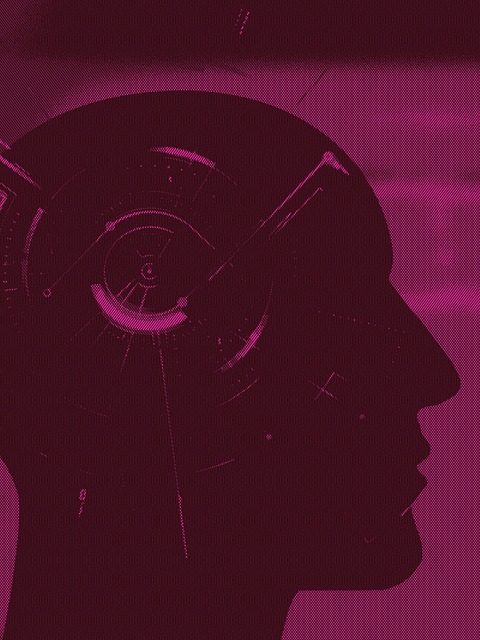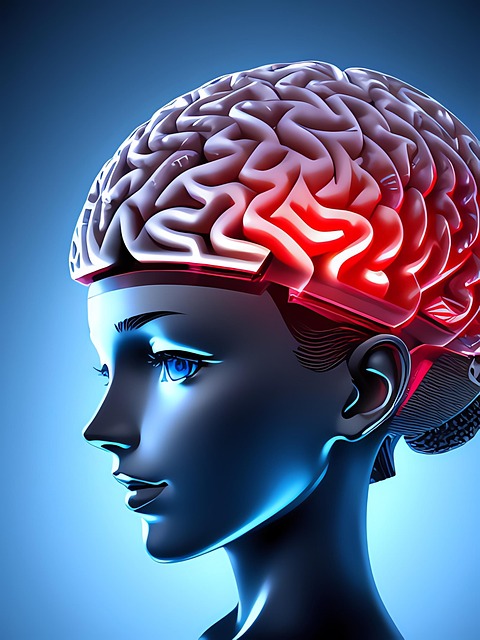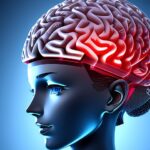ChatGPT revolutionizes chatbot flowchart creation for e-learning platforms by processing complex queries and designing intuitive conversations. Its structured responses enhance engagement in areas like math and geometry. Developers define user journeys and intents, leveraging ChatGPT's dynamic node-branching structure to handle diverse inputs. Iterative refinement based on user feedback optimizes performance, aligning with blended learning principles and mitigating plagiarism.
Discover the power of using ChatGPT to design intuitive chatbot flowcharts. This guide explores how to leverage ChatGPT’s capabilities for creating effective conversational paths. We’ll delve into defining user journeys, structuring conversations with nodes and branching techniques, and iteratively refining your flowchart through testing and user feedback. Enhance your chatbot experience with ChatGPT today!
- Understanding ChatGPT's Capabilities for Flowcharts
- Defining User Journeys and Intents Clearly
- Structuring Conversations: Node and Branching Techniques
- Iterative Refinement: Testing and User Feedback Loop
Understanding ChatGPT's Capabilities for Flowcharts

ChatGPT has emerged as a powerful tool that can significantly enhance the creation process of chatbot flowcharts, especially in the realm of e-learning platforms. Its advanced language processing capabilities allow it to understand and interpret complex user queries, enabling developers to design intuitive and effective conversational paths. With ChatGPT, crafting flowcharts becomes more accessible and efficient, catering to a wide range of applications beyond simple question-answering scenarios.
One of the key advantages lies in its ability to generate structured responses tailored to specific topics. For instance, when it comes to educational content, ChatGPT can assist in creating engaging dialogues for teaching subjects like differential equations simplification or providing step-by-step explanations for geometric proofs. Moreover, developers can leverage ChatGPT’s versatility to develop interactive flowcharts for diverse industries, ensuring a seamless user experience that keeps learners and customers engaged. Simply put, ChatGPT offers an innovative approach to streamline the development process, allowing creators to focus on crafting compelling narratives within their e-learning platform reviews, ultimately enhancing overall user satisfaction.
Defining User Journeys and Intents Clearly

Defining user journeys and intents is a crucial step in creating effective chatbot flowcharts with ChatGPT. By understanding how users interact with your bot, you can design conversations that match their needs and expectations. Start by identifying key touchpoints where users will engage with your chatbot, whether it’s through a website, messaging platform, or voice assistant. Next, outline the potential user intents behind each interaction, such as asking for product information, seeking customer support, or completing a purchase. This process requires clarity and precision to ensure your chatbot provides relevant responses, enhancing user satisfaction and digital literacy skills.
Furthermore, integrating ChatGPT into your workflow can be smoother when you structure these user journeys with a clear research paper format. Define the problem statements, gather data through user surveys or analytics tools introduction, and analyze patterns in user behavior. This structured approach, combined with best practices for remote learning, allows for more accurate intent recognition and contextual understanding. As a result, your chatbot flowcharts become robust, adaptive, and capable of handling complex conversations effectively, aligning with modern research paper structure and remote learning methodologies.
Structuring Conversations: Node and Branching Techniques

Conversations with ChatGPT are not linear but rather dynamic and complex, mirroring natural human interactions. To map out these conversations effectively, chatgpt employs node and branching techniques similar to concept mapping. Each question or statement from a user is represented as a node, connected by branches to potential responses. These nodes and branches help structure the dialogue, allowing chatgpt to navigate various topics and subtopics fluidly.
By utilizing these concept mapping techniques, chatgpt can create intricate conversation flows that mimic real-world interactions. This approach enables the AI to handle diverse user inputs, from simple queries to complex inquiries, by branching out into relevant information or asking clarifying questions. Moreover, this dynamic structure facilitates virtual collaboration tools like interactive question-answering sessions and contextual learning experiences—all without the need for traditional lab report formatting. Discover more about these innovative conversation models and find us at historical context study aids for a deeper dive into AI interaction.
Iterative Refinement: Testing and User Feedback Loop

The iterative refinement process is a cornerstone when creating chatbot flowcharts with ChatGPT. It involves continuous testing and gathering user feedback to enhance and optimize the model’s performance. This dynamic cycle begins with an initial draft, where developers prompt ChatGPT with specific scenarios and intents, capturing its responses for analysis. User feedback plays a pivotal role here; it provides insights into the chatbot’s accuracy, relevance, and potential areas of improvement.
By incorporating this feedback, developers refine the model, tweaking prompts to steer ChatGPT towards more precise and contextually appropriate responses. This process is akin to refining a scientific experiment, where hypotheses are refined based on observed results. Over time, with repeated iterations, the chatbot flowcharts become increasingly sophisticated, ensuring a seamless user experience that leverages the full potential of tools like ChatGPT while minimizing concerns from plagiarism avoidance guides. Moreover, this iterative approach aligns seamlessly with the blended learning benefits, enabling continuous growth and adaptation in both AI development and educational practices. For those looking to explore further, visiting us at essay writing tips anytime can offer additional insights into harnessing cutting-edge technology for academic excellence.
ChatGPT has transformed the way we create chatbot flowcharts, offering a powerful tool for designing intuitive and effective conversational interfaces. By understanding its capabilities, defining user journeys with clarity, structuring conversations using node and branching techniques, and refining through iterative testing and feedback, you can harness ChatGPT’s potential to build advanced chatbots that enhance user experiences. Leverage ChatGPT today to revolutionize your chatbot development process.








Leave a Reply